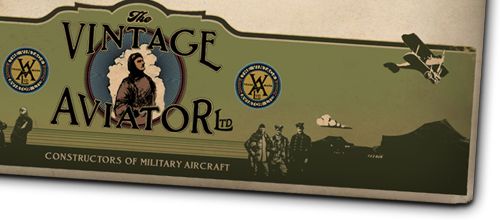You are here
ANZAC Day 2010
"WWI-era buses, ambulances and staff cars are used to take spectators along a tour of the flight-line, a fantastic vantage point for photos!"
The final display of the season is usually run on the Saturday closest to Anzac Day on April 25th. This anniversary commem¬orates the day in April 1915 that Australian and New Zealand troops, along with Allies from other nations, landed at Gallipoli in Turkey in an ill-fated attempt to control the waterways of the Dardenelles. The campaign was designed to secure the route from the Aegean Sea (east of Greece) through the Bosporus into the Black Sea, providing a naval link between the Allies and Russia. After almost eight months of intense fighting the Allies finally admitted defeat at the hands of the Turkish defend¬ers and withdrew from the area.
Anzac Day
The Anzac Day Airshow, being the final air show of the season is an opportunity to remember the 45,000 Allied soldiers killed during the cam¬paign, and more importantly to pay tribute to all Australian and New Zealand servicemen and women who have served their country. The ANZAC day display at Hood Aerodrome begins with the opportunity for kids young and old to partake in vintage vehicle rides. A vari¬ety of authentic and replica vin¬tage motor vehicles are based on the field.
WWI-era buses, ambulances and staff cars are used to take spectators along a tour of the flight-line, a fantastic vantage point for photos! A number of refreshment stalls offer a variety of nibbles and even a taste of rationed foods from the Great War are served. Visitors game enough to take the ‘Castor Oil Challenge’ can win a ride in the Collections original Avro 504K and re-live the castor oil experience behind an authentic WWI rotary engine.
Continuous raffles offer great odds at winning a bi-plane open cockpit ride in a de Havilland Tiger Moth. By mid-afternoon the flying programme proper gets under¬way and the public is transported back in time—not only getting the chance to see these pio¬neering military aircraft, but to hear and smell them, as many of these aircraft are powered by original engines and a few rotary engines that have no throttle at all and spew castor oil. While pilots and ground crew make themselves available at the fence-line to answer questions before and after each show, a small commentary team keeps the crowd informed throughout the show of what rarity flies before them, emphasizing the enormity of viewing, almost 100 years on, the collections original WWI aircraft taking to the skies. Keep your eye on the TVAL website for exact details of up and coming flying events.


